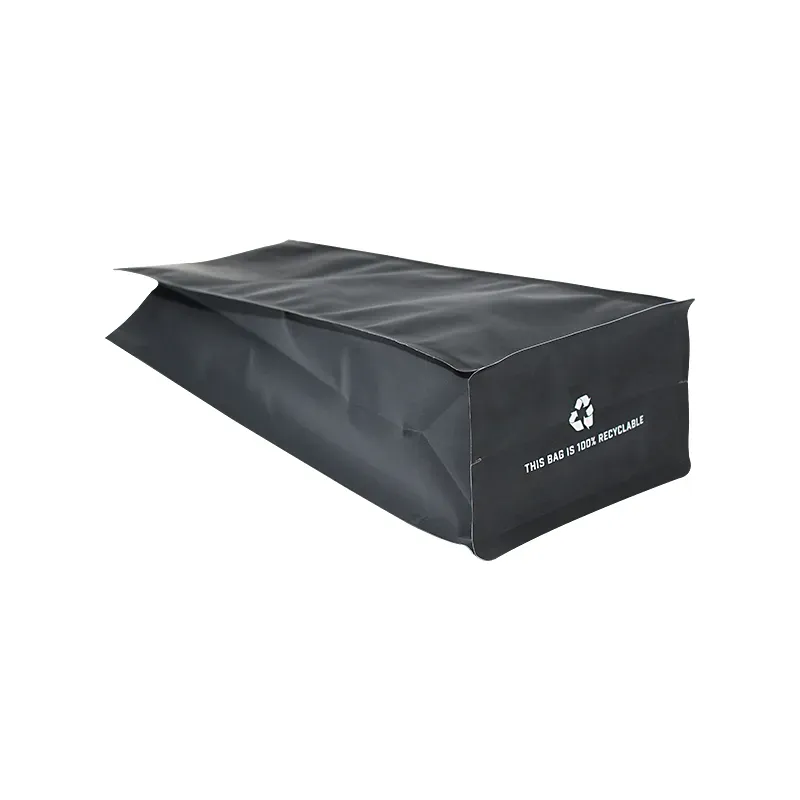- Afrikaans
- Albanian
- Amharic
- Arabic
- Armenian
- Azerbaijani
- Basque
- Belarusian
- Bengali
- Bosnian
- Bulgarian
- Catalan
- Cebuano
- chinese_simplified
- chinese_traditional
- Corsican
- Croatian
- Czech
- Danish
- Dutch
- English
- Esperanto
- Estonian
- Finnish
- French
- Frisian
- Galician
- Georgian
- German
- Greek
- Gujarati
- haitian_creole
- hausa
- hawaiian
- Hebrew
- Hindi
- Miao
- Hungarian
- Icelandic
- igbo
- Indonesian
- irish
- Italian
- Japanese
- Javanese
- Kannada
- kazakh
- Khmer
- Rwandese
- Korean
- Kurdish
- Kyrgyz
- Lao
- Latin
- Latvian
- Lithuanian
- Luxembourgish
- Macedonian
- Malgashi
- Malay
- Malayalam
- Maltese
- Maori
- Marathi
- Mongolian
- Myanmar
- Nepali
- Norwegian
- Norwegian
- Occitan
- Pashto
- Persian
- Polish
- Portuguese
- Punjabi
- Romanian
- Russian
- Samoan
- scottish-gaelic
- Serbian
- Sesotho
- Shona
- Sindhi
- Sinhala
- Slovak
- Slovenian
- Somali
- Spanish
- Sundanese
- Swahili
- Swedish
- Tagalog
- Tajik
- Tamil
- Tatar
- Telugu
- Thai
- Turkish
- Turkmen
- Ukrainian
- Urdu
- Uighur
- Uzbek
- Vietnamese
- Welsh
- Bantu
- Yiddish
- Yoruba
- Zulu
silica beads
The Versatility of Silica Beads A Comprehensive Overview
Silica beads, also known as silica gel beads, are tiny, hard granules made of silicon dioxide (SiO₂). Recognized for their remarkable properties, silica beads have found a broad range of applications in various fields, from industry to home use. Their versatility lies in their ability to absorb moisture, their inert nature, and their porous structure, making them indispensable in many sectors.
What Are Silica Beads?
Silica beads are synthesized through the polymerization of sodium silicate, resulting in granules that vary in size from a few microns to several millimeters in diameter. They are often found in the form of small, transparent or white beads and are most commonly encountered in their dehydrated state, characterized by a non-toxic, granular appearance.
The Science Behind Silica Beads
The intricate structure of silica beads, which contains a network of pores and channels, allows them to adsorb and hold moisture effectively. This property results from their high surface area and affinity for water molecules. Silica gel can hold up to 40% of its weight in water, making it an ideal desiccant to keep environments dry. Additionally, silica beads are chemically inert, meaning they do not react with most substances, making them safe for an array of applications.
Common Applications of Silica Beads
1. Desiccants One of the most prevalent uses of silica beads is as desiccants—substances that absorb moisture from the air. They are commonly found in small packets within packaging for products such as shoes, electronics, and food items. These packets help to prevent mold, mildew, and degradation due to moisture.
silica beads

2. Chemical Applications In laboratories, silica beads are frequently used in chromatography, a technique employed for separating mixtures. Their porous nature allows them to act as stationary phases, facilitating the separation of compounds based on their interactions with the beads.
3. Cosmetics The beauty industry also employs silica beads, using them in various products. Because of their absorbent qualities, silica beads are used in powder foundations and setting powders to absorb excess oil and moisture, providing a matte finish to the skin.
4. Filter Media Silica beads are often utilized as filter media in water treatment systems. Their structure allows them to trap impurities, leading to cleaner water. This application is crucial for both residential and industrial water purification systems.
5. Crafts and Molding In the crafting world, silica beads are prized for their aesthetic appeal. They are often used in decorative items, candle making, and as fill for crafts. Additionally, in mold-making, silica is used to create detailed molds due to its fine texture and ability to capture intricate designs.
Environmental Considerations
As the world becomes increasingly conscious of environmental issues, silica beads have come under scrutiny regarding their biodegradability. While silica itself is a natural mineral, the disposal of silica beads can be a concern if not managed properly. Fortunately, they can be reused multiple times if dried effectively, reducing waste. Many users have found innovative ways to repurpose silica gel packets around the home, extending their lifecycle.
Conclusion
Silica beads are a quintessential example of how a simple material can have multifaceted applications across different domains. Their moisture-absorbing properties, inert nature, and versatility make them vital in industries ranging from food preservation to cosmetics. As awareness of sustainable practices grows, the reusability of silica beads offers potential for minimizing environmental impact. Whether you encounter them in a packet found in a shoebox or as part of an intricate laboratory procedure, silica beads are a remarkable innovation that continues to serve diverse needs in our daily lives and industries.













